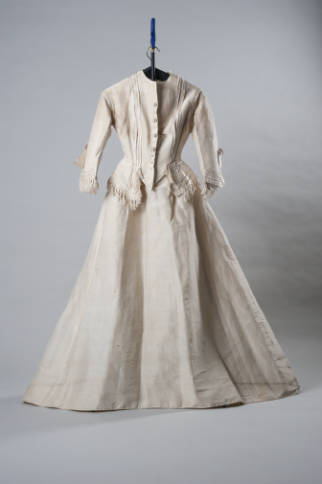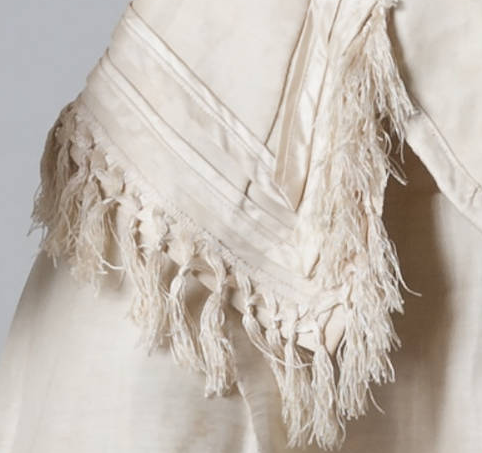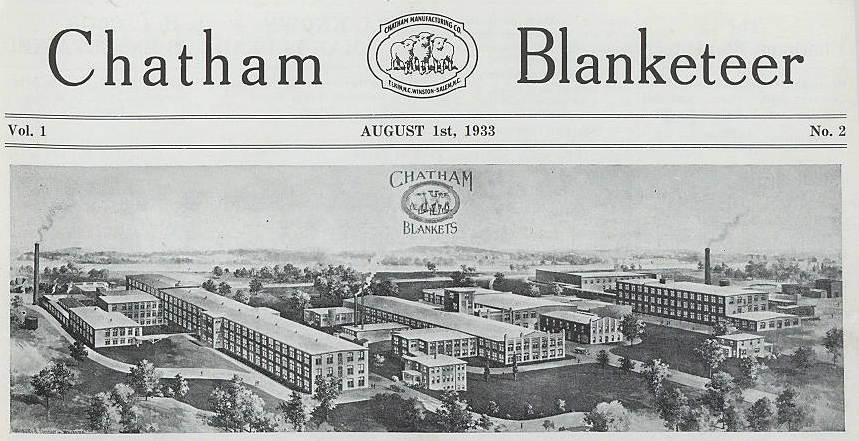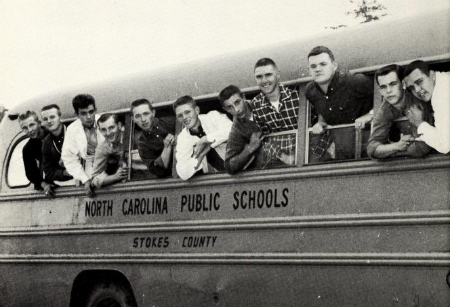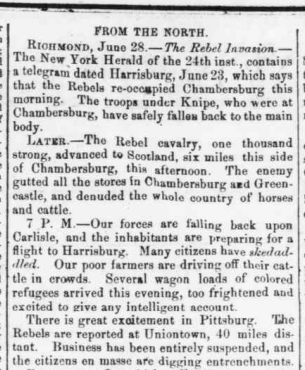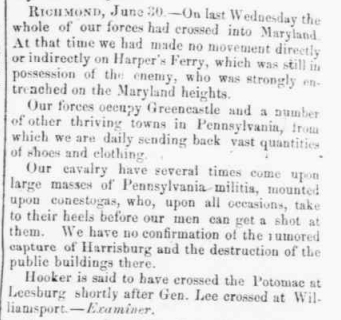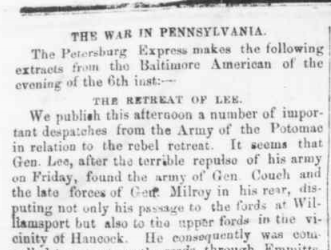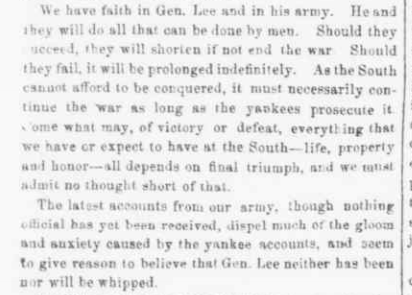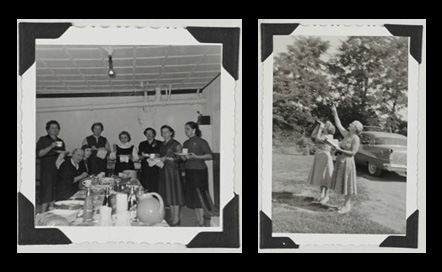
Several Yadkin County Home Demonstration Club Scrapbooks, from the collections of the Yadkin County Public Library, are now available online at DigitalNC. The scrapbooks were produced semi-annually by the Yadkin County Home Demonstration Club. The scrapbooks cover the club’s projects and events, and provide a unique snapshot of the social activities of women in rural North Carolina in the 1950s.
Some of the highlights from the 1957 scrapbook include “A Miss and Her Money,” a pamphlet published by the Institute of Life Insurance in 1956 to introduce money management to girls; several pages of recipes for refrigerator jams; rules for hosting and attending a tea party (p. 62); coverage of the annual Dairy Queen beauty contest; and an incredibly thorough treatise on the selection of household linens (p.92). The scrapbook also reports on the Home Demonstration Club’s participation in the Ground Observer Corps, a Cold War era civilian force which used binoculars or the naked eye to search the sky for threats from Soviet and Japanese aircraft (see photo).
Here is a 1956 recipe for Red Raspberry Jam featured on page 114 of the scrapbook:
Ingredients:
- 3 cups finely mashed or sieved red raspberries
- 6 cups sugar
- 1 package powdered pectin
- 1 cup water
Directions:
Combine fruit and sugar. Let stand about 20 minutes, stirring occasionally. Stir the pectin into the water, bring to boiling, and boil rapidly for 1 minute, stirring constantly. Remove from stove and let stand at room temperature 24-48 hours or until jelled. Seal with paraffin and store in a freezer. Or it will keep several weeks at refrigerator temperatures. Makes about 6 glasses.
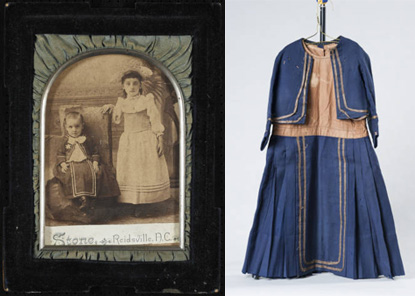
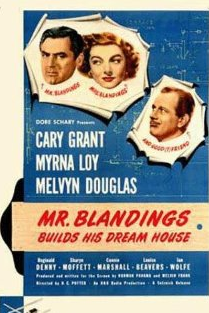
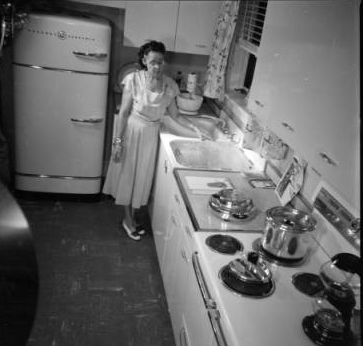
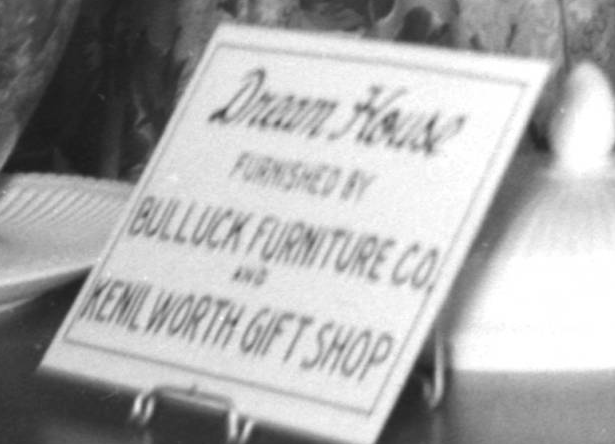
.jpg)
